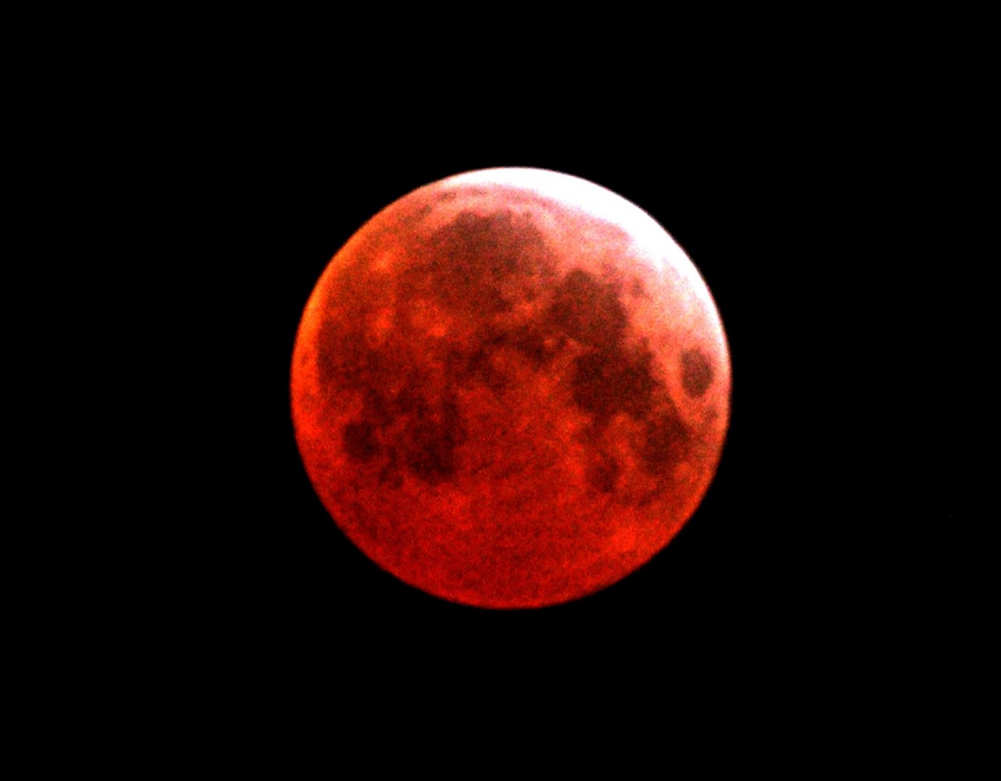Every year, skywatchers are treated to a variety of celestial events, but few are as awe-inspiring as the Blood Worm Moon. This rare lunar event occurs when the March full moon coincides with a total lunar eclipse, casting the moon in a deep red hue.
As one of two lunar eclipses occurring this year, the Blood Worm Moon presents a unique opportunity for stargazers and astronomy enthusiasts to observe the night sky in a whole new light.
Understanding the Blood Worm Moon
The term “Worm Moon” originates from Native American and European traditions, where full moons were named based on seasonal changes. The March full moon was called the Worm Moon because it marked the time when earthworms emerged from the soil as winter transitioned into spring. This signified the beginning of the thawing season and the return of migrating birds, making it a key seasonal marker.
When a total lunar eclipse coincides with the Worm Moon, the result is a Blood Worm Moon. A total lunar eclipse occurs when the Earth comes directly between the sun and the moon, blocking direct sunlight and casting a background over the lunar surface. The reddish hue of the moon during the eclipse is caused by Rayleigh scattering, the same phenomenon responsible for colorful sunrises and sunsets.
As sunlight passes through Earth’s atmosphere, shorter wavelengths of light (blue and violet) are scattered in all directions, while longer wavelengths (red and orange) continue to travel through and illuminate the moon.
Viewing the Blood Worm Moon
Observing the Blood Worm Moon is a rewarding experience, but it requires proper planning. Here are some key tips for witnessing this celestial event:
• Check the Timing: The eclipse will be visible in different regions at different times, so checking local astronomical forecasts is essential.
• Find a Dark Location: Light pollution can diminish visibility, so choosing a location away from city lights will enhance the viewing experience.
• Use Binoculars or a Telescope: While the naked eye can appreciate the reddish glow of the moon, using binoculars or a telescope will allow for detailed observation of craters and mountains.
• Prepare for Weather Conditions: Since March weather can be unpredictable, dressing warmly and bringing appropriate gear is crucial.
• Photography Tips: A camera with manual settings and a tripod will help capture high-quality images of the eclipse.
Lunar Phenomena During the Blood Worm Moon
Aside from the total lunar eclipse, the Blood Worm Moon brings additional optical phenomena that make the night sky even more fascinating.
Moonbows: A Rare Lunar Optical Illusion
Moonbows, also known as lunar rainbows, occur due to the reflection, refraction, and dispersion of moonlight through water droplets in the atmosphere. Unlike daytime rainbows created by the sun, moonbows are usually seen near waterfalls or in misty environments. They appear fainter than typical rainbows because moonlight is much less intense than sunlight, but under the right conditions, they can be a breathtaking sight.
Constellations to Observe
During the Blood Worm Moon, several prominent constellations can be observed, adding to the night sky’s beauty.
• Cancer the Crab: This faint constellation is best known for containing the Beehive Cluster (M44), an open cluster of stars visible through binoculars.
• Leo the Lion: A bright and easily recognizable constellation, Leo features the famous star Regulus, one of the brightest in the night sky.
• Hydra the Multi-Headed Snake: As the largest constellation, Hydra stretches across a vast portion of the sky and is home to several interesting deep-sky objects.
Scientific and Cultural Significance
Lunar eclipses have been studied for centuries, providing valuable insights into Earth’s atmosphere and celestial mechanics. Ancient cultures often viewed them with a mix of awe and superstition, interpreting them as omens or divine messages. Today, eclipses serve as crucial events for scientific observation, allowing astronomers to study the moon’s surface, atmospheric conditions, and even the effects of Earth’s shadow on lunar geology.
Moreover, the Blood Worm Moon offers a chance to appreciate the wonders of the universe while reflecting on the cycles of nature. It symbolizes transition, renewal, and the ever-changing rhythms of the cosmos.
Looking Ahead: The Next Lunar Eclipse
The Blood Worm Moon will be the first of two lunar eclipses occurring this year. The second eclipse is scheduled for September, giving skywatchers another opportunity to witness this extraordinary celestial event. While the September eclipse may not coincide with a full Worm Moon, it will still be an exciting event worth observing.
Final Thoughts
For those passionate about astronomy, the Blood Worm Moon is an unmissable event. Whether viewed with the naked eye, through binoculars, or with a telescope, it offers a mesmerizing experience that connects us to the vastness of the universe. With the right preparation and a bit of luck with weather conditions, witnessing the Blood Worm Moon eclipse can be an unforgettable night of celestial wonder.
No comments yet.








